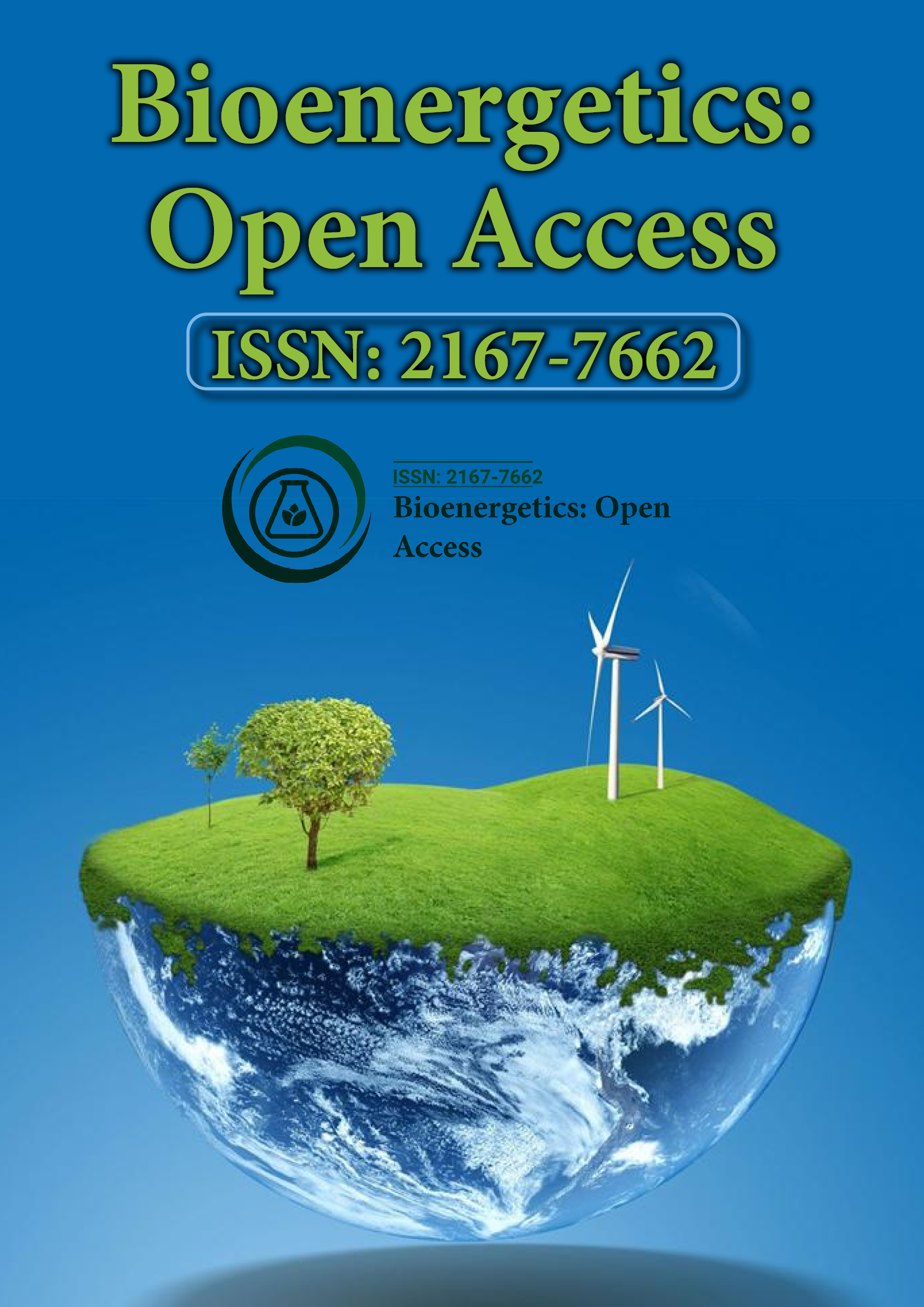Indexed In
- Open J Gate
- Genamics JournalSeek
- Academic Keys
- ResearchBible
- RefSeek
- Directory of Research Journal Indexing (DRJI)
- Hamdard University
- EBSCO A-Z
- OCLC- WorldCat
- Scholarsteer
- Publons
- Euro Pub
- Google Scholar
Useful Links
Share This Page
Journal Flyer

Open Access Journals
- Agri and Aquaculture
- Biochemistry
- Bioinformatics & Systems Biology
- Business & Management
- Chemistry
- Clinical Sciences
- Engineering
- Food & Nutrition
- General Science
- Genetics & Molecular Biology
- Immunology & Microbiology
- Medical Sciences
- Neuroscience & Psychology
- Nursing & Health Care
- Pharmaceutical Sciences
Ranjan K Dash

Ranjan K Dash
Associate Professor, Department of Physiology
Medical College of Wisconsin, USA
Biography
Dr. Dash is an Associate Professor in the Department of Physiology and Biotechnology and Bioengineering Center at the Medical College of Wisconsin MCW. Before joining the MCW as an Assistant Professor June 2006-June 2010, he was a Senior Research Associate in the Center for Modeling Integrated Metabolic System at the Case Western Reserve University Sept 2003 May 2006, a Senior Postdoctoral Fellow in the Department of Bioengineering at the University of Washington Oct 2000 Aug 2003, and a Postdoctoral Fellow in the Department of Mathematics at the Texas AM University Sept 1998 July 2000. He has received his Ph.D. degree in Applied Mathematics Biofluid Dynamics from the Indian Institute of Technology Delhi in July 1998. He has published more than 35 research papers in highimpact, peerreviewed scientific journals as well as presented numerous abstracts in conference proceedings. He has served as a member of NIH review panels as well as an Associate Editor of IEEE EMBS Conference Proceedings Systems Biology, Bioinformatics and Computational Biology, Modeling Methodologies. He is an active member of the American Physiological Society, Biophysical Society, and Biomedical Engineering SocietyBiography.
Research Interest
Dr. Dash′s research is broadly focused on the development and application of computational models and tools for predicting and analyzing the behavior of complex physiological systems, over multiple scale of organization ranging from molecular (transporters/enzymes) level to the whole-organism level. The overall goal of his research program is to work towards a quantitative understanding of the functioning of the living systems under normal and pathological conditions (health and disease) and guiding engineering-based manipulations of the systems. In a nutshell, his research for the past several years can be broadly classified into the following topics:, Mathematical modeling and computer simulations of complex physiological systems; Computational algorithms for data analysis and parameter estimation (optimization); Microcirculatory oxygen and carbon dioxide transport and exchange; Multi-scale modeling of coupled blood-tissue solute transport and cellular energy metabolism in cardiac and skeletal muscles; Analysis of large-scale biochemical systems: regulation of cellular energy metabolism and mitochondrial oxygen consumption in cardiac and skeletal muscles; Mitochondrial handling of cations (Ca2+, Na+, K+, H+, Mg2+) and ROS (O2, H2O2).
